ISLAMABAD: There is more than meets the eye to the outfit that sparked a Pakistani Twitterstorm.
Bushra Imran, nee Manika, third wife of Pakistan’s 22nd premier-elect Imran Khan, attended her husband’s oath-taking ceremony in what will possibly go down in history as the most hotly debated ensemble on Pakistan’s political stage.
Draped in an all-white, light-catching white niqab in silk and layered lace, the outfit was completed with white shoes, white nail polish, and even a white tasbeeh (prayer beads) wrapped around her wrist. The only color visible was the giant green emerald ring on her hand.
The outfit ignited both outrage and praise, but for some it was an exciting visibility of a national dress outside of Pakistan’s borders.
First confirmed by Algerian designer Nawara Bin Sulaiman and then by others, the outfit — from color to adornment — worn by Bushra Imran drew influence from the Algerian national dress known as "Al-Hayek."
The Al-Hayek is similar to the niqab in that it is a full-length ensemble complete with head covering. What separates the two is that an Al-Hayek is always white and made in silk, like the one worn by Bushra Imran, or wool, whereas the niqab is an all-black garment in a variety of fabrics, and the Al-Hayek is at times completed by an added covering for the face (bar the eyes) known as an aadjar.
Similar to the niqab, Al-Hayek was worn over clothes by women when leaving the house and heading to public spaces as a form of modesty and coverage.
Bushra Imran’s outfit paid homage to the traditional look, especially with her choice of face covering which took the shape of a triangle much like the way an aadjar would be tied with the Al-Hayek, the white color and the shiny, flowing silk fabric.
Though the look has been dying out in Algeria and neighboring north African countries — in the 1980s there was a strong shift toward the universally worn hijab — there has been some efforts to bring it back.
Following the back-and-forth commentary about Bushra Imran’s appearance and what it means as a public figure in Pakistan’s highest office, would the first lady's choice of niqab have an effect on Pakistan’s fashion industry?
"Personally (I found) it obnoxious for the mainstream conversation to be reducing female public figures to their wardrobe. The poise with which First Lady Bushra Maneka carried herself at her husband’s oath-taking ceremony served as the ultimate rebuttal to the stereotypical image of a burqa-clad woman as regressive and being subjected to patriarchal enforcement," said Mehek Raza Rizvi, editor-in-chief of fashion and lifestyle publication Mode.
"It may definitely inspire collections by designers to show their support and as an effort to put an end to derogatory words."
Hamza Ali Bokhari of Jeem held similar beliefs. "Let’s make this narrative more of women’s choices, let’s for once let women decide what they want to do with the body or clothes. As far as fashion is concerned, I’m sure many people who don the burqa would be very happy to have a smart intelligent woman as (a fashion) icon. It’s a great time in fashion when diversity and inclusivity is celebrated so well."
"Instead of boosting a modest fashion movement, I think it will definitely influence abaya collections," said designer Hussain Rehar.
Nawara Bin Sulaiman, the designer that first noted the striking influence, is actively bringing designs of the Al-Hayek back and working on preserving it as a part of Algerian culture.
The outfit holds a position of nostalgia with the people of Algeria, and is experiencing a small but warm revival, particularly among the college set and with certain fashion factions.
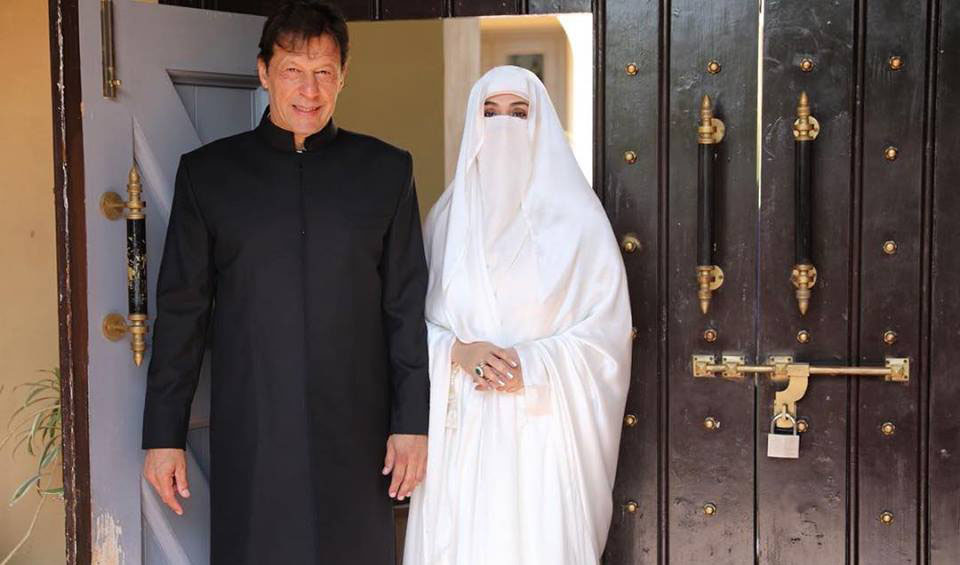
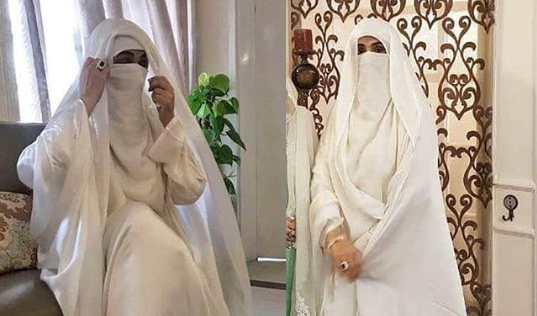

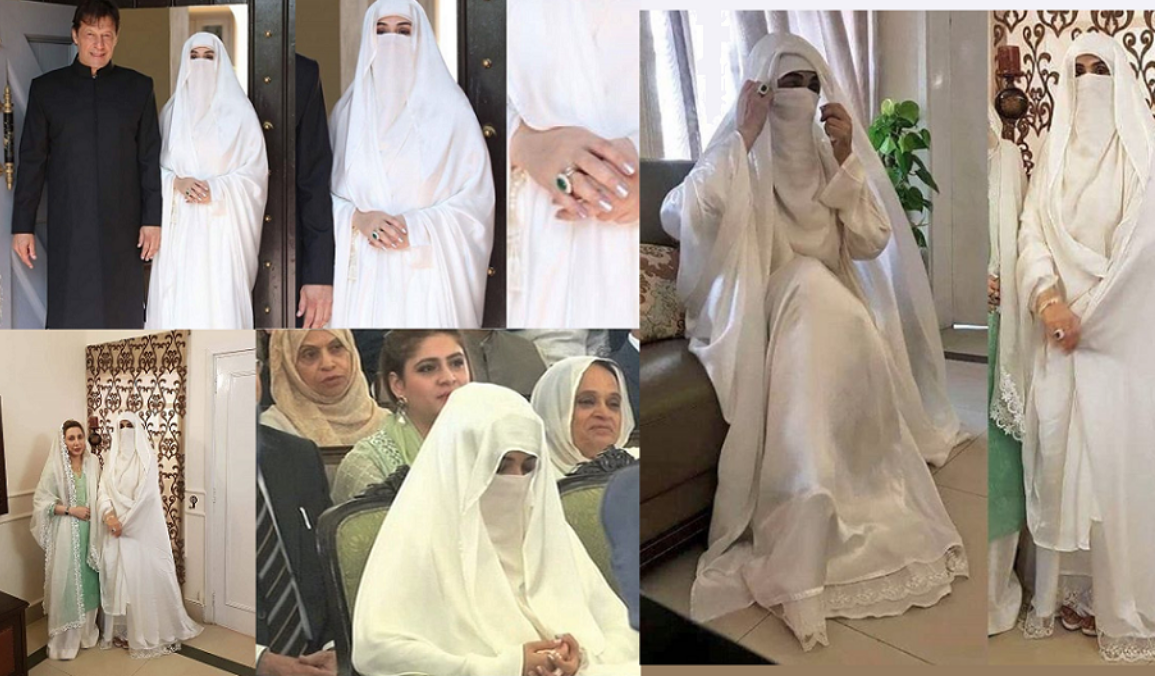
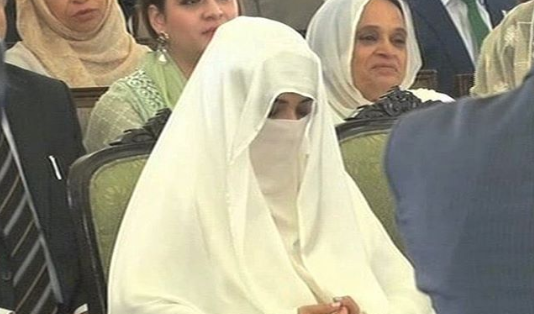
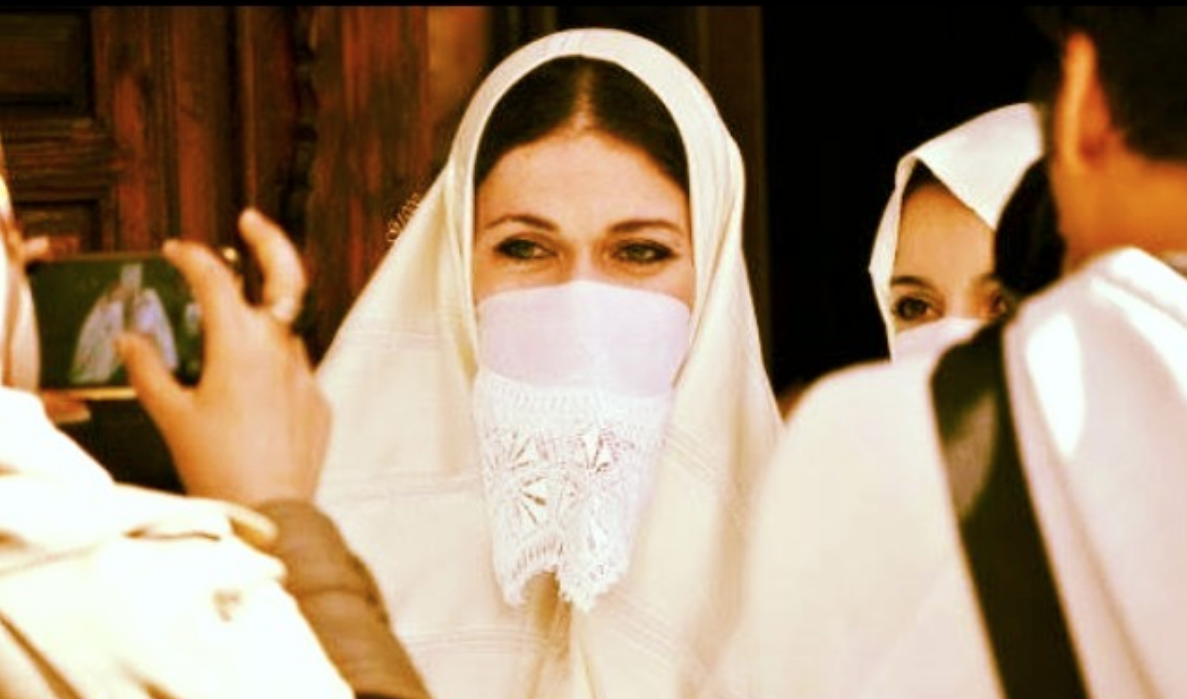






0 التعليقات:
إرسال تعليق